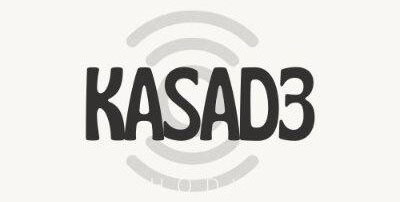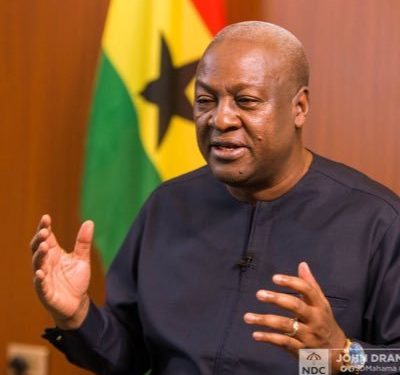President John Mahama has expressed confidence that the Ghana cedi will stabilize within a range of GH¢10 to GH¢12 against the US dollar, describing this as a fair value to balance the needs of exporters while ensuring macroeconomic stability.
Speaking on the currency’s recent volatility, President Mahama dismissed claims that the cedi could depreciate to GH¢4 against the dollar, warning that such a drastic drop would severely harm export-driven businesses. He emphasized that maintaining the cedi within the proposed band would support local industries, protect jobs, and prevent excessive inflation.
President Mahama’s projection comes amid ongoing concerns over the cedi’s strong performance, against major trading currencies like the US dollar. By advocating for a stabilized exchange rate, he argued that Ghana could achieve a more predictable economic environment, benefiting both traders and consumers. “If the cedi falls too low, it will make imports unbearably expensive, but if it’s overvalued, our exporters lose competitiveness,” he explained. His remarks suggest a middle-ground approach to currency management, aiming to sustain economic growth without extreme fluctuations.
The president’s comments have sparked discussions among economists, with some agreeing that a managed float within the GH¢10–GH¢12 range could help restore confidence in the local currency. However, others caution that achieving this stability will require stringent fiscal discipline, reduced reliance on imports, and stronger foreign exchange reserves.
As Ghana navigates its economic recovery, Mahama’s proposal highlights the delicate balance needed to maintain a viable exchange rate while supporting both domestic production and international trade. The government’s ability to implement effective policies will be crucial in determining whether this projected stability becomes a reality.



